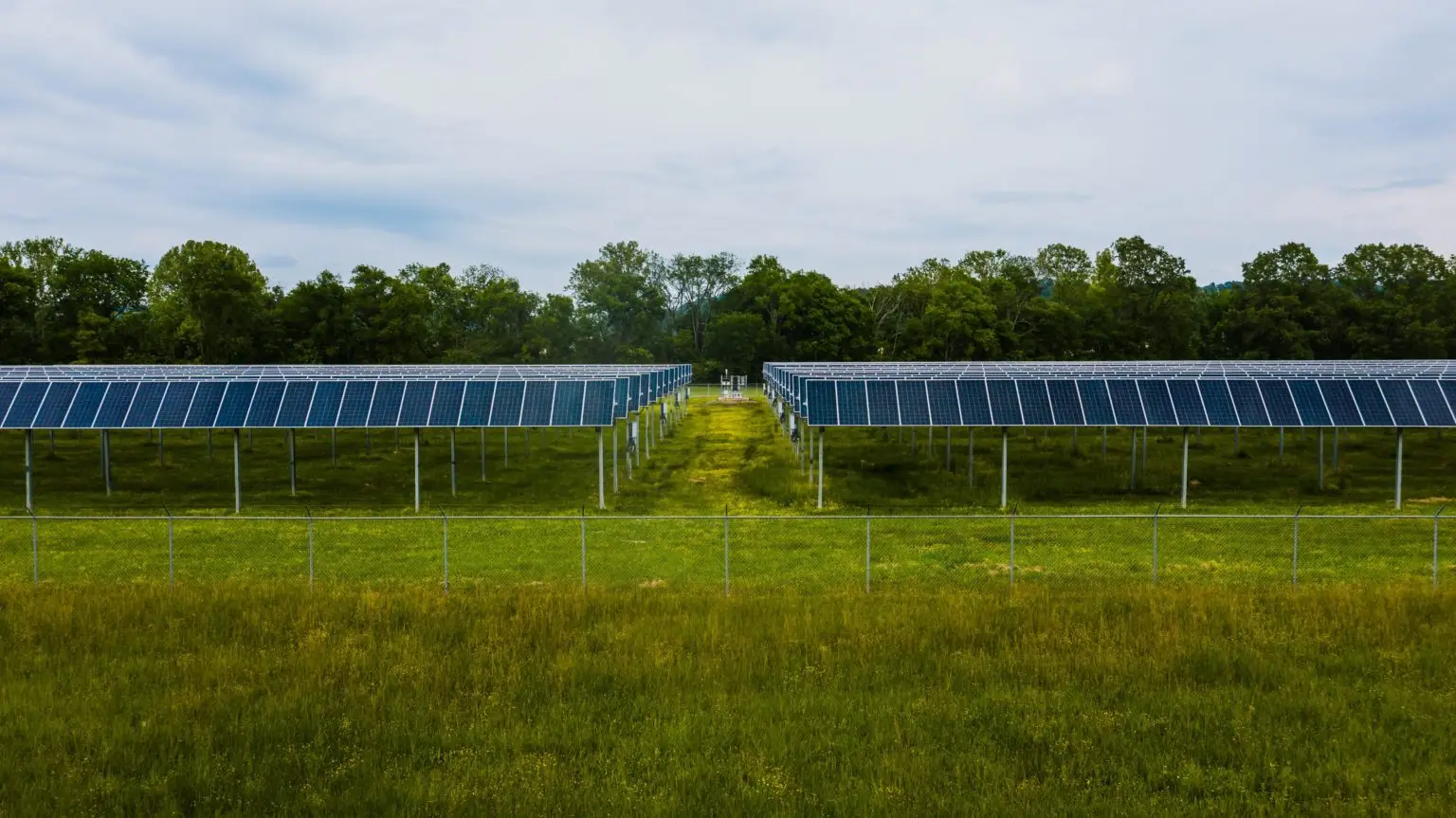What are the Challenges Facing Power Grids?
In 2022, the Biden administration signed into law the Inflation Reduction Act, which, among doing other things, invests heavily in renewable technologies and infrastructures like electricity. At this critical moment, it’s worth asking what the biggest challenges facing our power grids are. They have come under trial in recent years due to overuse and extreme weather, for example. With more people going solar and more EVs on the road, our aging power grids will be experiencing more changes in the years to come. Below is a look at some of those challenges.
How Does This Impact Climate Change?
Climate change is already having an impact electrical infrastructure. One expert points to the damage caused by superstorm Sandy in 2012, which blew out a substation in Manhattan with fourteen-foot swells. Con Edison, the utility company that provides service to New York, made changes and upgrades as a result of the storm. Hurricane Ida took out power through much of Texas in 2021, leaving millions without power during cold winter days and nights. More severe weather taxes the electrical grid while increasing demand for electricity. But making the necessary changes to fortify the system expensive and hard to do.
Experts write of the New England grid’s increased dependence on natural gas, which is up more than 50 percent since the year 2000. Politically and economically driven, the trend away from fossil fuels toward natural gas poses a significant challenge due to limited pipeline capacity and limited delivery points for liquified natural gas (LNG). On the coldest days, the supply goes to space heating first. Days that are short or not sunny limit the solar capacity of the system. The construction of additional pipelines has been met with resistance by communities, in part because additional pipelines could do little to stave off the effects of climate change.
Investments in High-Tech for Efficiency
Relatedly, systems experts are now investing in high-tech weather instruments to increase output of wind and solar generators. A diversified energy input—like wind and solar—are desirable for the grid. But increased reliance on renewable energy makes for less-reliable energy sources. Advanced tools and systems are needed to ensure greater reliability and efficiency.
This centralized reliance on energy input points to an emerging trend: decentralization. Because grids are centralized and controlled by a few companies, customers are more susceptible to the intermittency of wind and solar. With the gradual arrival of home batteries that can return energy to the grid, some experts think that the grid will become less centralized, as more people are able to produce and sell their own power.
With decentralization and intermittency will come digitalization, in order to coordinate a kind of internet-grid in which people’s home battery units communicate and coordinate an exchange of power. This digitalization and increased dependence on renewable energy mean that the grid will become more complex. These challenges represent the near future of electricity in the US, with many opportunities for innovation on the horizon.







